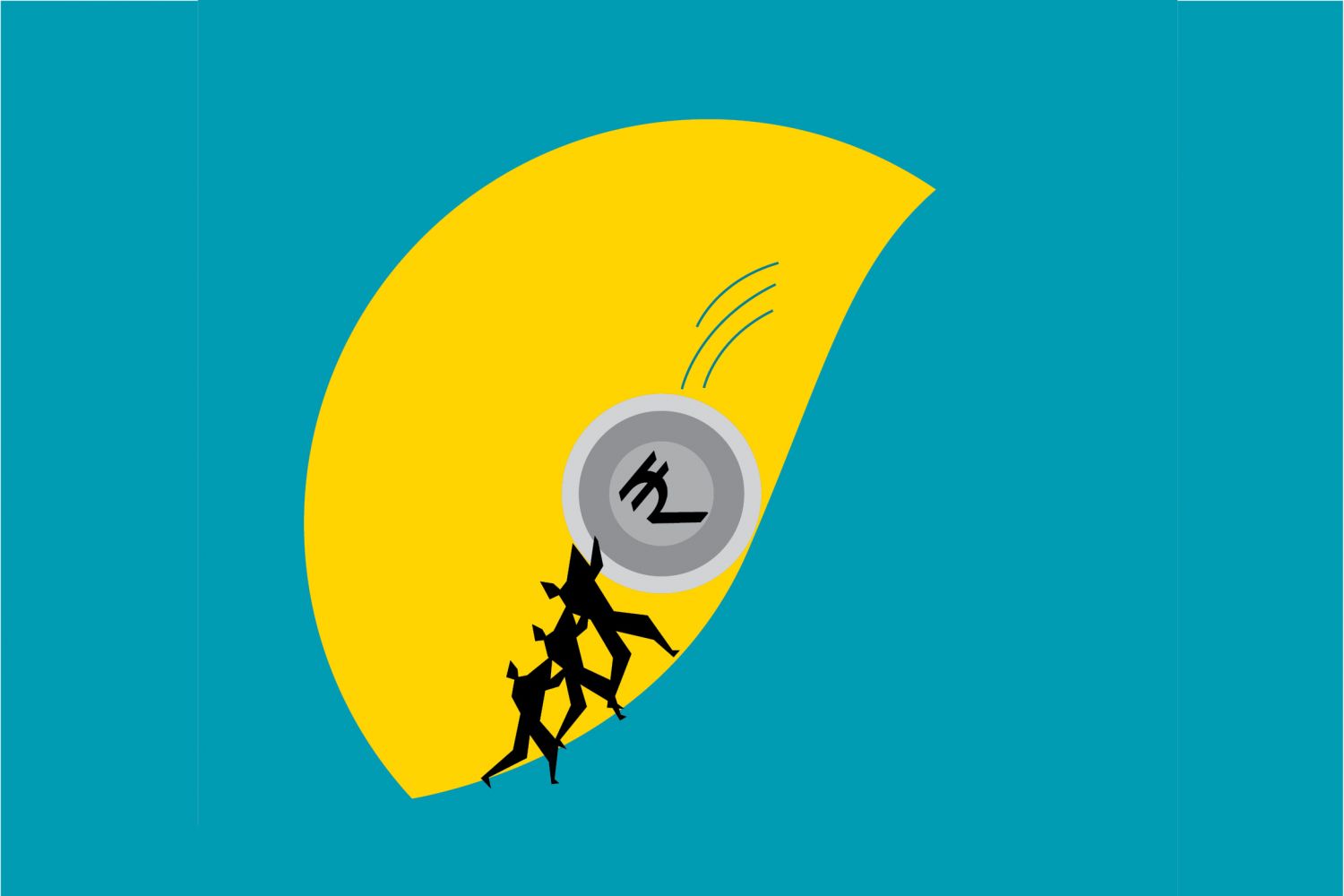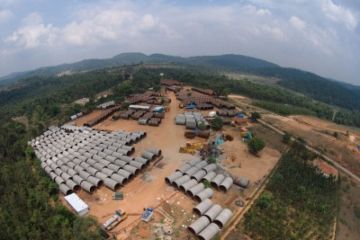
In a typical Twitter tall tale, Syed Akbaruddin, India’s
Permanent Representative at the United Nations, informed the world that Prime
Minister Narendra Modi and his team had reached out to as many as 90 states in
the short span of September 23-30 at the United Nations during the 2019 edition
of the UN General Assembly in New York. And in what spin doctors called a
“watershed” moment in India’s foreign policy, 50,000 Indian Americans shouted
“Howdy Modi” at an event in Houston,
Continue reading “Lavish spectacles can't hide incoherent policies”
Read this story with a subscription.





